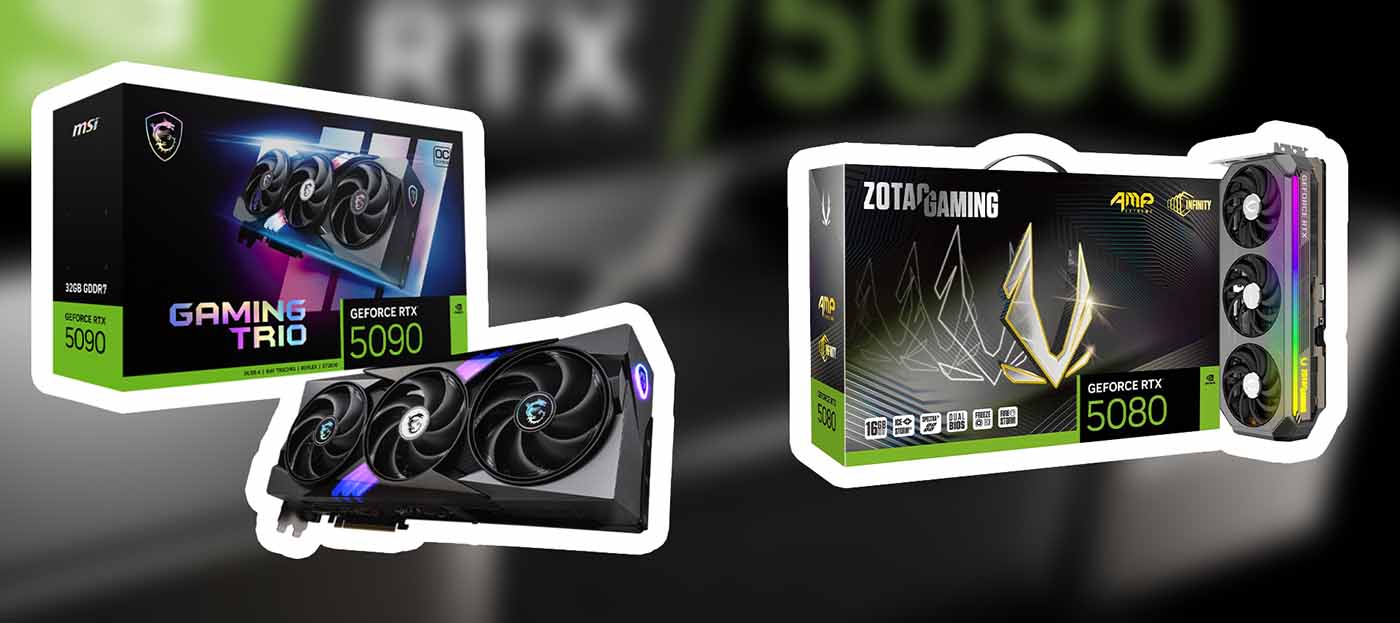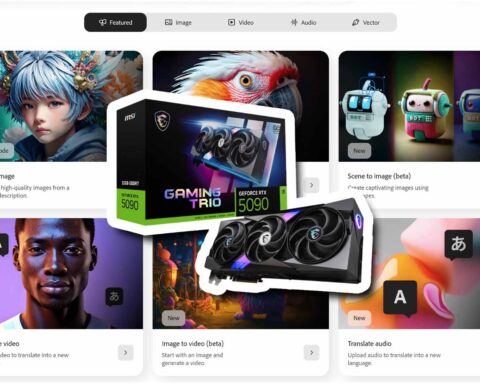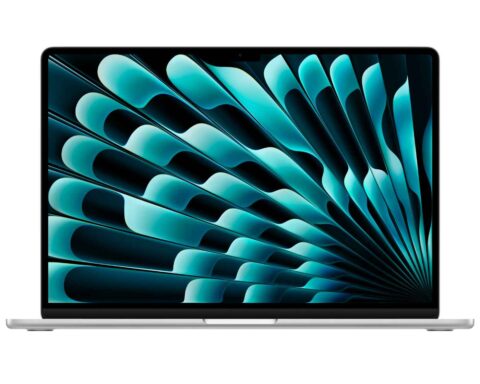The Nvidia RTX 5090 and RTX 5080, the latest behemoths in the GPU market, have been put through their paces over the initial week of testing. Here’s a breakdown of their performance in various arenas: gaming, AI processing, and 3D/graphic software applications like Blender and Adobe After Effects.
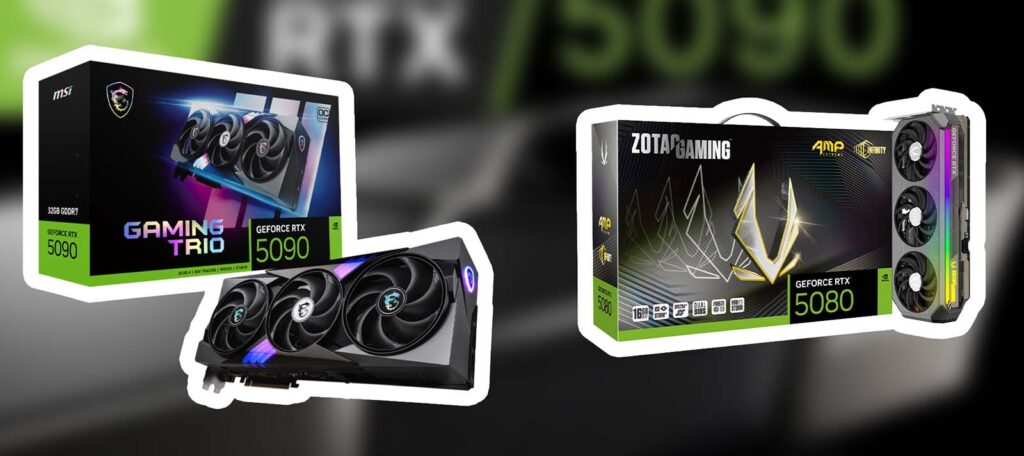
Basic Specifications and Pricing:
- RTX 5090: This flagship card boasts 21,760 CUDA cores, a 512-bit memory bus, 32GB of GDDR7 VRAM with a bandwidth of approximately 1.8TB/s, and a TDP of 575W. The Founders Edition (FE) is priced at $1,999. Third-party editions, which come with custom cooling solutions and sometimes overclocked settings, start from around $2,300, with premium models reaching upwards of $3,000 due to unique designs or additional features like liquid cooling.
- RTX 5080: With 10,752 CUDA cores, a 256-bit memory interface, 16GB GDDR7 VRAM, and a bandwidth of 1TB/s, it has a TDP of 400W. The FE version retails for $999, making it more accessible than the 5090. Third-party variants of the RTX 5080 can start at around $1,100, with prices going up to $1,500 for models with enhanced coolers or higher factory overclocks.
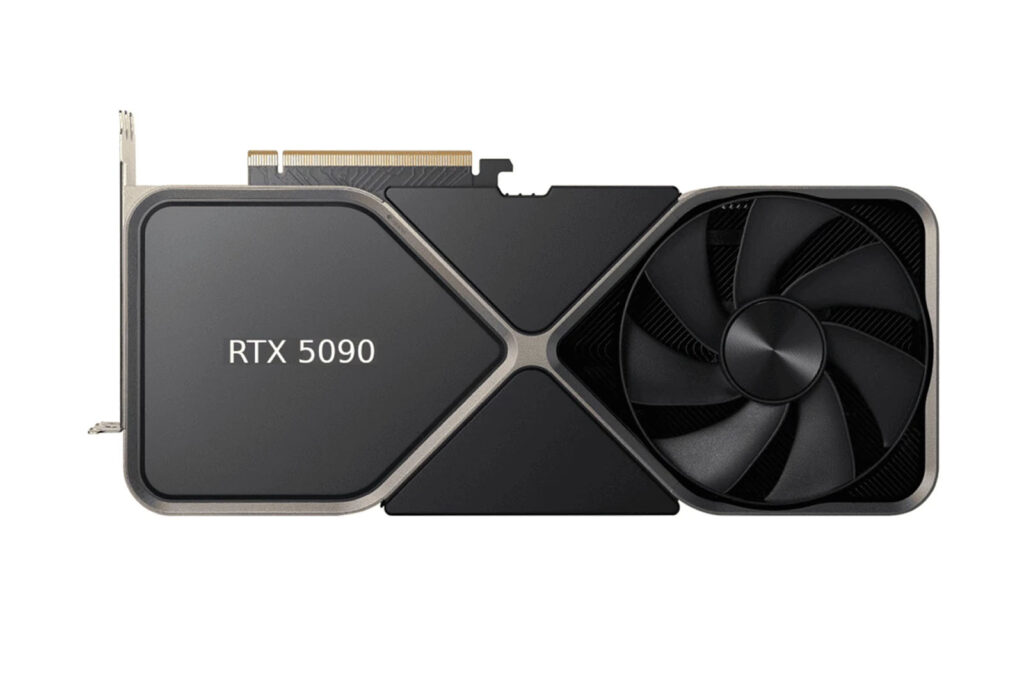
Gaming
Good:
- Performance: The RTX 5090 stands as the new king of 4K gaming with DLSS 4’s Multi Frame Generation, offering frame rates that were previously unthinkable. Games like Cyberpunk 2077 can now hit up to 290 FPS at max settings, thanks to these advancements.
- Ray Tracing: The leap in ray tracing capabilities is evident, with smoother visuals and less performance hit compared to previous generations, particularly when DLSS is utilized.
- RTX 5080: While not as potent as its bigger sibling, the RTX 5080 still offers a significant upgrade over the RTX 4080, bringing 4K gaming closer to the masses with a more palatable price tag.
Bad:
- Price: The RTX 5090’s $1,999 price tag is a steep ask, potentially limiting its appeal to only high-end enthusiasts or professionals.
- Power Consumption: Both cards, especially the RTX 5090, require hefty power supplies, with peaks at around 578 watts, which could be a concern for those with older systems or looking to maintain energy efficiency.
- Value: For gamers not interested in bleeding-edge performance or AI features, the generational uplift might not justify the cost, especially for those coming from RTX 40 series cards.
Subscribe our Youtube channel @wiladio for more interesting video about Design, Science, Tech, and Game
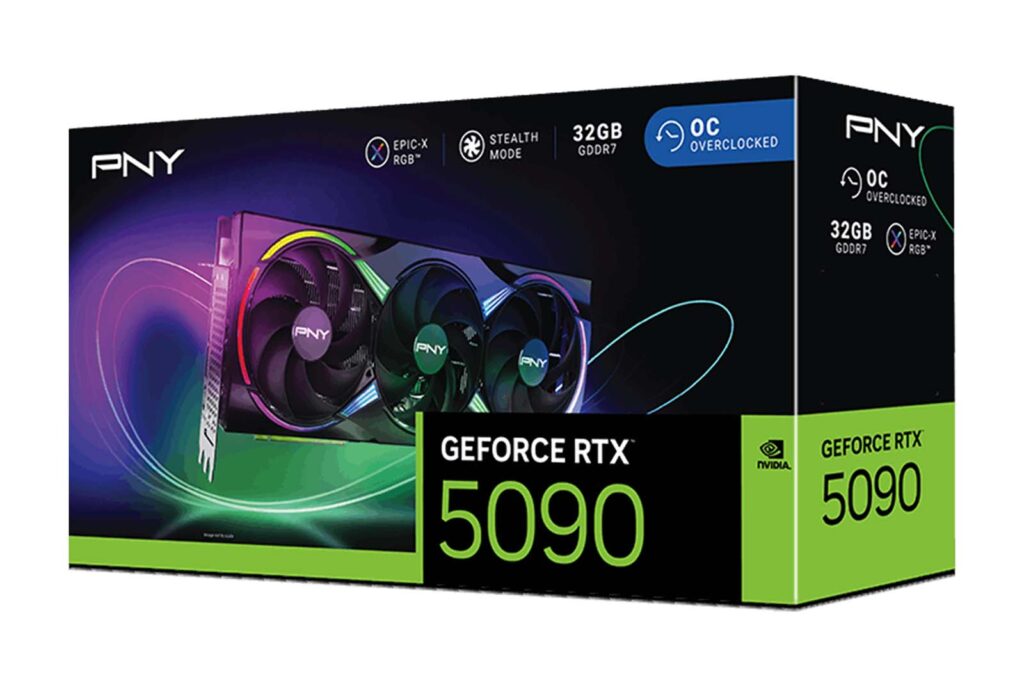
AI Processing
Good:
- AI Performance: With new Tensor cores and the FP4 precision format, both cards excel in AI workloads, doubling performance in image generation tasks compared to their predecessors. The RTX 5090, in particular, shows remarkable speed in AI-driven applications.
- Software Support: Nvidia’s commitment to AI is visible through its support in software like Adobe Premiere Pro and DaVinci Resolve, where AI-assisted tasks are significantly faster.
Bad:
- Cost vs. Benefit: The cost of these GPUs might not be justified for users whose primary use doesn’t leverage AI to the fullest extent, making them overkill for some.
- Scalability: While powerful, the RTX 5090’s AI capabilities might not scale well in all scenarios, particularly where memory bandwidth becomes a bottleneck.
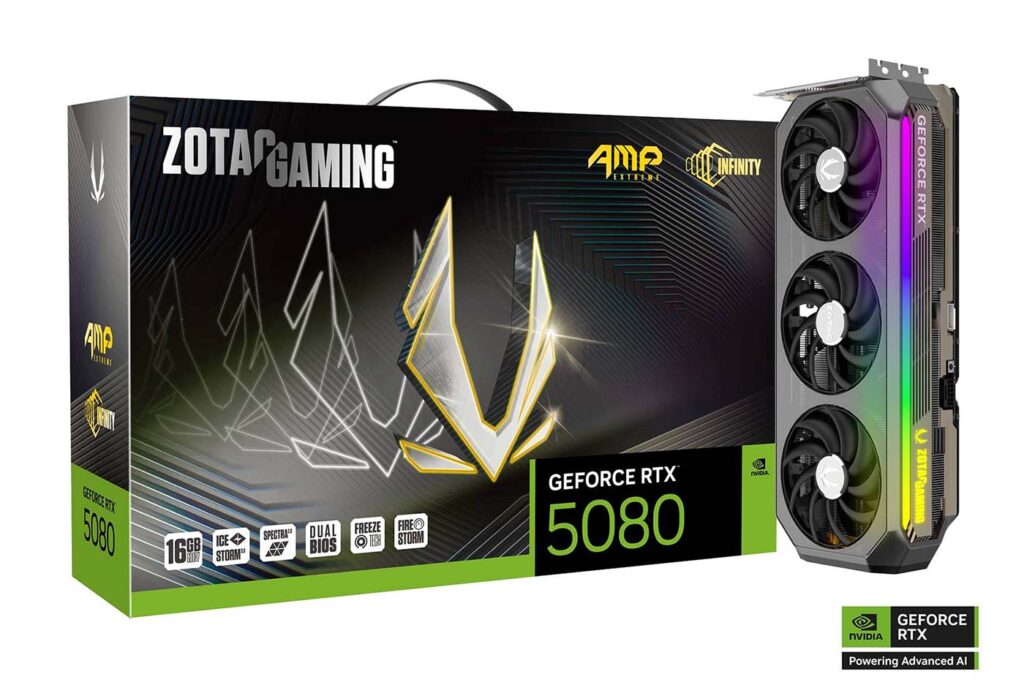
3D/Graphic Software (Blender, After Effects)
Good:
- Blender: The RTX 5090 shows up to a 43% performance increase over the RTX 4090 in Blender benchmarks, making it a valuable asset for 3D artists and animators. The RTX 5080, while less dramatic, still offers a solid performance boost.
- After Effects: Adobe’s tool benefits from the new cards, with the RTX 5090 delivering a 35% uplift in new 3D rendering capabilities, which are becoming increasingly GPU-intensive.
Bad:
- Compatibility Issues: Early reviews have noted some compatibility hiccups with certain software, particularly in rendering engines like Redshift or OctaneBench, where the RTX 5090 is not yet fully supported.
- Price for Professionals: While the performance is there, the cost could be prohibitive for smaller studios or indie creators unless the speed gains directly translate into significant time savings or project capabilities.

Conclusion
The RTX 5090 and RTX 5080 are clear advancements in graphics card technology, particularly in gaming with DLSS 4 and AI processing. However, their high cost, power requirements, and some software compatibility issues present challenges. For those needing top-tier performance in specific areas like AI and 3D rendering, these cards are a game-changer. For others, especially those on a budget or with less demanding needs, the value proposition might not be as compelling. As the market absorbs these GPUs, it will be interesting to see how they influence the broader landscape of PC hardware and software development.
THE END
More Tech posts: https://wiladio.com/category/tech/



